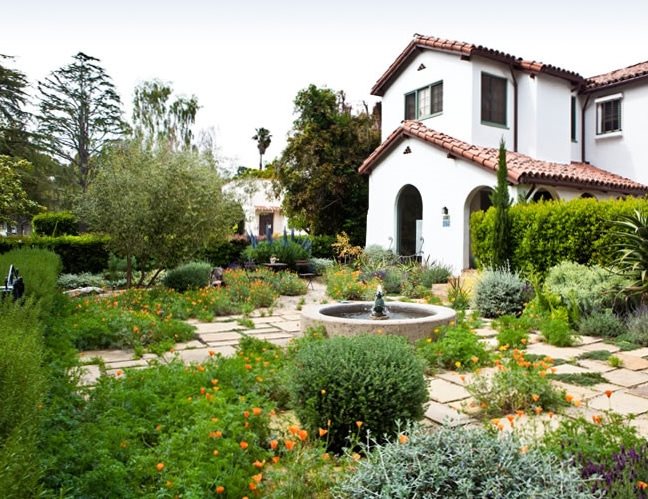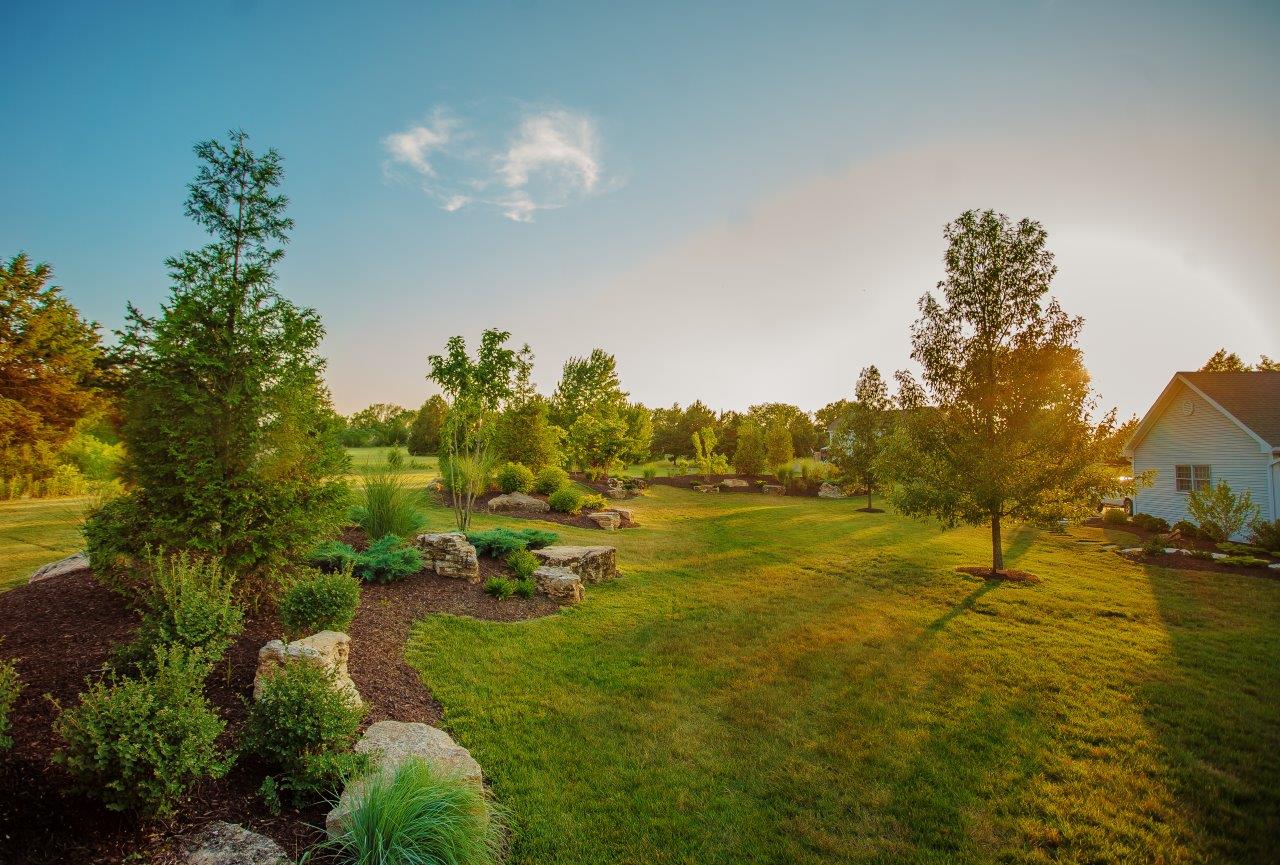8 Easy Facts About Hilton Head Landscapes Described
8 Easy Facts About Hilton Head Landscapes Described
Blog Article
The Definitive Guide to Hilton Head Landscapes
Table of ContentsThe Basic Principles Of Hilton Head Landscapes Hilton Head Landscapes Can Be Fun For AnyoneThe Greatest Guide To Hilton Head LandscapesThe Buzz on Hilton Head LandscapesGetting My Hilton Head Landscapes To WorkThe Single Strategy To Use For Hilton Head LandscapesNot known Details About Hilton Head Landscapes The Greatest Guide To Hilton Head Landscapes
Type compatibility is likewise a major element of unity in designone or more strikingly different kinds are excellent for comparison and emphasis, however generally all other types should have some similarities for a linked look. Texture describes how coarse or great the surface of the plant or hardscape product feels and/or looks.
Examples of plants with crude appearance consist of philodendrons, agaves, bromeliads, hollies, palms, and hydrangeas. Characteristics that create fine structure include tiny vegetation; thin, strappy fallen leaves (yards) or tall, thin stems; small, thick twigs and small branches; long stems (creeping plants); and little, delicate flowers.
Hilton Head Landscapes Things To Know Before You Buy
A lot of plants are medium structure, in that they can not be called having either rugged or great appearance. They are characterized by medium-sized leaves with simple shapes and smooth edges. The average-sized branches are not densely spaced neither extensively spaced, and the total form is normally rounded or mounding. Medium-textured plants serve as a history to web link and link the coarse- and fine-textured plants.

To make an area feel smaller, position the coarse appearances along the outer boundary and the great textures closest to the customer. The detail of the crude texture makes the plants show up closer and makes the room feel smaller sized. The perceived structure of plants can also change with the range from the plant.
The 9-Minute Rule for Hilton Head Landscapes
Bold shades boost the comparison and make the structure appear coarser, while soft colors can squash structure. Hardscape with a crude texturesuch as very rough rocks and vibrant, big timberstends to make all plant material appear much more medium textured. Developers usually create a texture research (Figure 8) theoretically to assist decide the setup of plant materials.
Number 8. Texture study. Color in plant material and hardscape includes passion and selection to the landscape. Shade is one of the most obvious aspect in the landscape and is typically the focus of most homeowners; nevertheless, it is also the most momentary element, generally lasting only a couple of weeks a year for individual plants.
The Hilton Head Landscapes Statements
An easy description of the color wheel includes the three primaries of red, blue, and yellow; the three secondary colors (a mix of 2 primaries) of eco-friendly, orange, and violet; and six tertiary shades (a mix of one surrounding main and second shade), such as red-orange. Shade theory clarifies the partnership of colors to each other and how they ought to be made use of in a make-up.

Similar (occasionally called unified) shade plans are any type of three to 5 shades that are nearby on the color wheel, such as red, red-orange, orange, yellow-orange, and yellow, or blue, blue-violet, and violet (Landscapers near me). The colors relate to every other due to the fact that they normally consist of 2 primaries blended to develop a secondary and two tertiary colors, which means they share typical residential properties
Corresponding shades are typically found normally in flowers; a typical set is yellow and violet. Color is located in the blossoms, foliage, bark, and fruit of plants.
Hilton Head Landscapes Fundamentals Explained
Green foliage in all its numerous tones is the dominant shade by amount, yet other colors catch focus extra readily due to their high comparison to the color eco-friendly. Color is likewise discovered in structures, rocks, pavers, timber, and furnishings. Most colors in natural products, such as rock and wood, are generally muted and have a tendency to be variants of brown, tan, and pale yellow.
Shades have residential properties that can impact feelings, spatial assumption, light high quality, balance, and emphasis. Great shades often tend to be relaxing and ought to be used in locations for leisure and peacefulness.
Top Guidelines Of Hilton Head Landscapes
Trendy shades have a tendency to decline and are viewed as being farther away, making a space really feel larger. Color can additionally be utilized to capture interest and direct sights.
Bright yellow, which has the greatest intensity, likewise has a high contrast with all other shades (commonly explained as a "pop" of color) and should be utilized sparingly. A percentage of intense color has as much visual weight as a big amount of a much more subdued or weak shade.
Similar (sometimes called unified) color schemes are any three to 5 shades that are surrounding on the color wheel, such as red, red-orange, orange, yellow-orange, and yellow, or blue, blue-violet, and violet. The colors relate per various other since they usually include 2 primaries blended to form a second and 2 tertiary colors, which implies they Read Full Report share typical buildings.
The Best Strategy To Use For Hilton Head Landscapes
They often tend to have high contrast between them. The most typical collections are violet and yellow, red and green, and blue and orange. Corresponding shades are usually discovered normally in flowers; an usual pair is yellow and violet. Color is found in the blossoms, vegetation, bark, and fruit of plants.
Green vegetation in all its various tones is the dominant color by quantity, however other colors catch focus quicker because of their high comparison to the shade eco-friendly - landscape design hilton head - https://www.openstreetmap.org/user/h1tnhdlndscps. Shade is likewise found in structures, rocks, pavers, wood, and furnishings. The majority of shades in natural materials, such as rock and timber, are typically low-key and often tend to be variations of brownish, tan, and light yellow
The Greatest Guide To Hilton Head Landscapes
Shade is an essential element for producing passion and range in the landscape. Shades have buildings that can impact emotions, spatial understanding, light high quality, equilibrium, and emphasis. One residential or commercial property of shade is explained about temperaturecolors show up to be cool or warm and can impact emotions or sensations. Cool shades often tend to be relaxing and ought to be utilized in areas for leisure and serenity.
Cool shades tend to decline and are viewed as being farther away, making a space really feel bigger. Shade can likewise be utilized to catch interest and straight views - https://gravatar.com/stevenagonzales.
For instance, brilliant yellow, which has the highest strength, likewise has a high contrast with all other shades (often referred to as a "pop" of shade) and must be conserved. A little amount of extreme shade has as much visual weight as a large quantity of a much more controlled or weaker shade.
Report this page